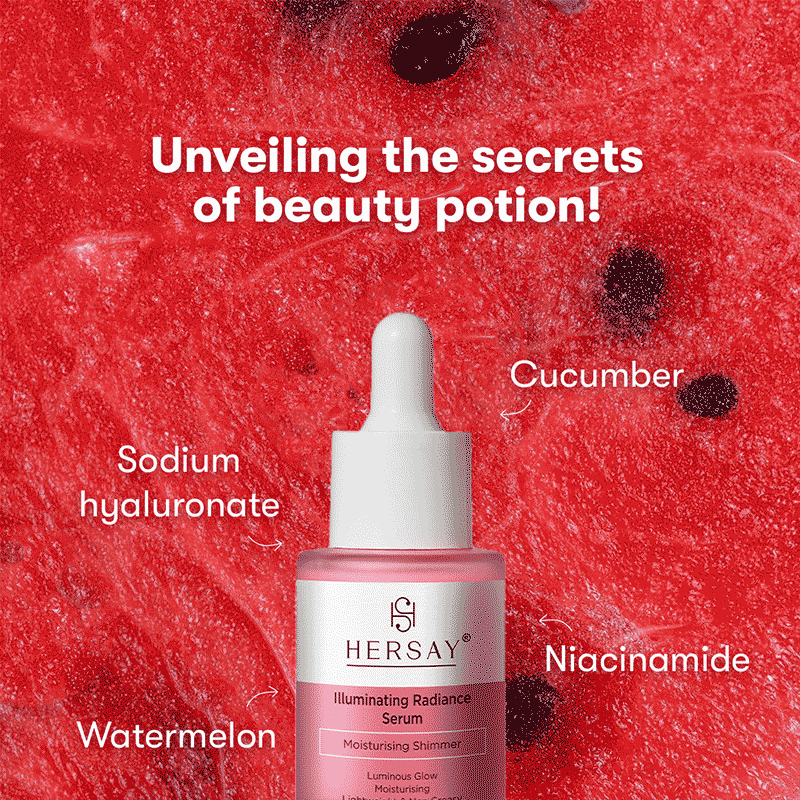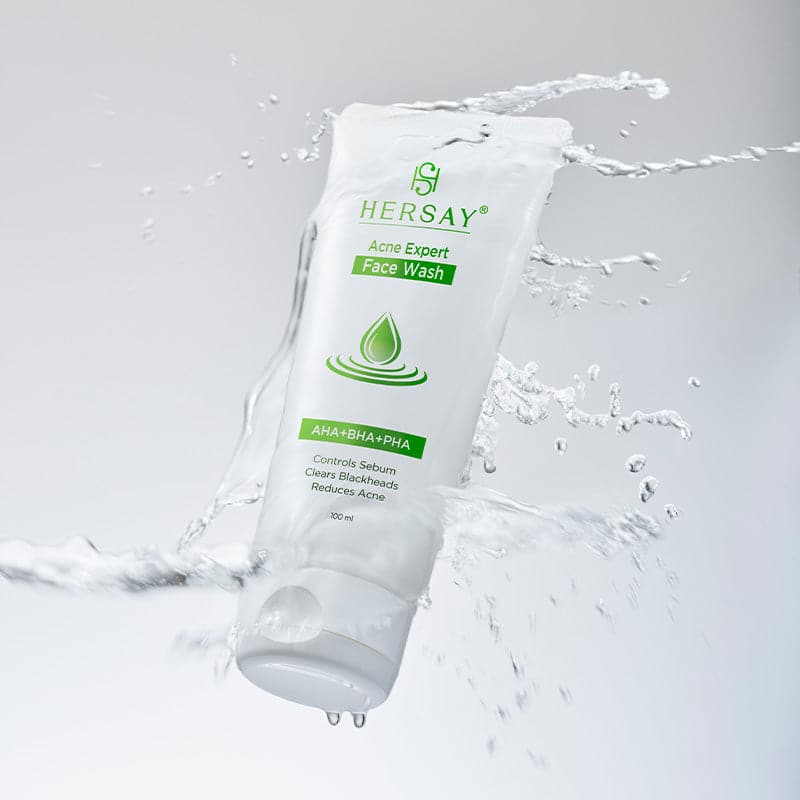
How to Choose Between Salicylic Acid and Niacinamide for Acne Treatment

In the vast realm of skincare, Salicylic Acid and Niacinamide stand out as stalwart ingredients, particularly in the quest to conquer acne. Yet, how do these skincare powerhouses differ, and which one is the ideal ally for your unique skin concerns? Let's unravel the nuances of Niacinamide and Salicylic Acid to discern the better-suited companion for your skincare journey.
Salicylic Acid: The Acne Warrior
Derived from the Willow Bark Plant, Salicylic Acid, often hailed as Beta Hydroxy Acid (BHA), possesses a unique prowess in tackling acne-related issues. As an oil-soluble exfoliator, it navigates through skin oils and pores, diligently unclogging and eliminating impurities from within. Ideal for oily and acne-prone skin types, Salicylic Acid takes on blackheads, pustules, and sebaceous strands with unparalleled efficacy. By 'ungluing' dead skin cells, it not only facilitates their easy removal but also penetrates deep into pores, preventing and treating acne in ways other acids may fall short.
Key Characteristics of Salicylic Acid:
- Anti-bacterial: Effectively combats acne-causing bacteria.
- Anti-inflammatory: Reduces swelling and redness associated with inflammatory lesions.
- Oil-soluble: Penetrates skin oil, exfoliating deeply into the pores.
- Treats and prevents acne by eliminating bacteria, regulating oil production, and unclogging pores.
- Suitable for combination, oily, and acne-prone skin.
Advantages of Salicylic Acid:
- Anti-inflammatory properties reduce irritation and expedite healing.
- Acts as a comedolytic agent, preventing blackheads and closed comedones.
- Removes dead skin's top layer, promoting smoother skin texture.
- Regulates oil production, contributing to a balanced complexion.
- Suitable for all skin types, with a focus on oily and acne-prone skin.
Who Can Benefit From Salicylic Acid?
Salicylic Acid is a go-to for those combating various forms of acne, including blackheads, pustules, papules, or plugged pores. Suitable for all skin types, its oil-controlling and acne-fighting properties make it a powerhouse in skincare routines.
Niacinamide: The Versatile Marvel
Niacinamide, a form of Vitamin B3, emerges as a multifunctional component catering to a spectrum of skincare concerns. This adaptable ingredient addresses pore size, dull skin, excess oil, and more. Renowned for its inclusivity, Niacinamide accommodates all skin types, making it a staple in various skincare products. From balancing skin texture to minimizing enlarged pores and brightening skin tone, Niacinamide's versatility knows no bounds.
Advantages of Niacinamide:
- Anti-inflammatory: Reduces redness and irritation associated with acne and sensitive skin.
- Antioxidant: Shields the skin from free radical damage.
- Strengthens the skin's protective barrier, preventing dehydration.
- Diminishes the appearance of hyperpigmented scars and dark spots.
- Balances sebum production, making it suitable for oily and acne-prone skin.
- Aids in treating wrinkles and fine lines by promoting collagen production.
Who Can Benefit From Niacinamide?
Niacinamide caters to all skin types, making it particularly beneficial for those with pigmentation concerns, wrinkles, dry, sensitive, or mature skin. Suitable for addressing acne-related issues, it proves effective for individuals with oily and combination skin.
Common Ground: Salicylic Acid & Niacinamide Similarities
Both Salicylic Acid and Niacinamide share common ground when it comes to addressing oily and acne-prone skin. They assist in controlling oil production, reducing the appearance of large pores, and offering anti-inflammatory effects that calm discomfort, redness, and swelling linked to acne.
Salicylic Acid vs. Niacinamide: Decoding the Differences
Salicylic Acid:
- Beta Hydroxy Acid (BHA).
- Oil-soluble.
- Best for oily and acne-prone skin.
- Treats and prevents acne.
- Controls oil production.
- Gently exfoliates.
Niacinamide:
- Form of Vitamin B3.
- Water-soluble.
- Suitable for all skin types.
- Brightens dark spots.
- Strengthens the skin's barrier.
- Calms redness and irritation.
Choosing Your Champion: The Verdict
While both Salicylic Acid and Niacinamide contribute to skincare triumphs, the choice hinges on individual skin concerns. Salicylic Acid proves formidable against active acne, unclogging pores, and regulating oil production. On the other hand, Niacinamide emerges as a versatile contender, addressing a myriad of issues and benefiting all skin types.
Wrapping Up…
In the realm of acne scarring, Niacinamide takes the lead, excelling in fading hyperpigmentation and scars. Salicylic Acid, with its exfoliating prowess, contributes to pore refinement but may not be as potent in managing acne scarring. Both substances reduce the visibility of pores, with Niacinamide focusing on enhancing the skin barrier and Salicylic Acid on clearing clogged pores.
Ultimately, the choice between Salicylic Acid and Niacinamide depends on your skin's unique needs. Incorporating both into your routine may be the key to optimal oil control and a radiant, blemish-free complexion. Remember to introduce new products gradually, particularly if you have sensitive or reactive skin, and revel in the transformative journey to healthier, more radiant skin.









































